Intriguing olfactory proteins from the yellow fever mosquito, Aedes aegypti.
Autor(es): Ishida Yuko; Chen Angela M; Tsuruda Jennifer M; Cornel Anthon J; Debboun Mustapha; Leal Walter S
Resumo: Four antennae-specific proteins (AaegOBP1, AaegOBP2, AaegOBP3, and AaegASP1) were isolated from the yellow fever mosquito, Aedes aegypti and their full-length cDNAs were cloned. RT-PCR indicated that they are expressed in female and, to a lesser extent, in male antennae, but not in control tissues (legs). AaegOBP1 and AaegOBP3 showed significant similarity to previously identified mosquito odorant-binding proteins (OBPs) in cysteine spacing pattern and sequence. Two of the isolated proteins have a total of eight cysteine residues. The similarity of the spacing pattern of the cysteine residues and amino acid sequence to those of previously identified olfactory proteins suggests that one of the cysteine-rich proteins (AaegOBP2) is an OBP. The other (AaegASP1) did not belong to any group of known OBPs. Structural analyses indicate that six of the cysteine residues in AaegOBP2 are linked in a similar pattern to the previously known cysteine pairing in OBPs, i.e., Cys-24-Cys-55, Cys-51-Cys-104, Cys-95-Cys-113. The additional disulfide bridge, Cys-38-Cys-125, knits the extended C-terminal segment of the protein to a predicted alpha2-helix. As indicated by circular dichroism (CD) spectra, the extra rigidity seems to prevent the predicted formation of a C-terminal alpha-helix at low pH.
Palavras-Chave: Circular dichroism; Disulfide bridge; Yellow fever mosquito; Male antenna; Female antenna
Imprenta: Die Naturwissenschaften, v. 91, n. 9, p. 426-431, 2004
Descritores: Aedes aegypti - DNA ; Aedes aegypti - Molecular Structure ; Aedes aegypti - Pathogenesis ; Aedes aegypti - Proteins ; Aedes aegypti - RT-PCR
Data de Publicação: 2004








